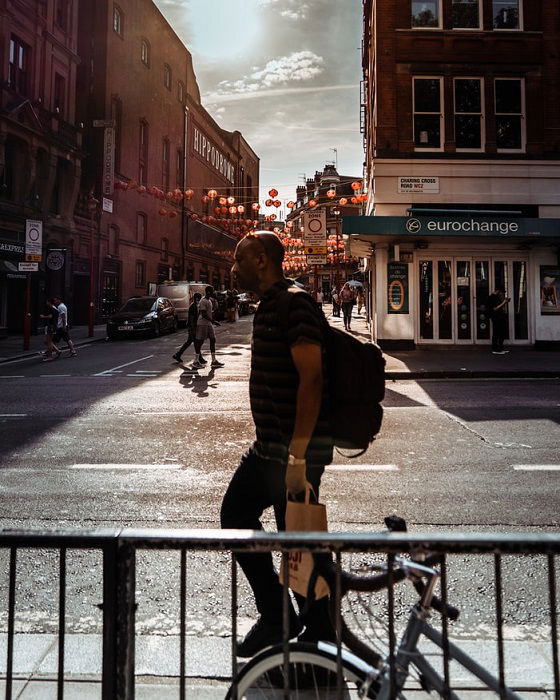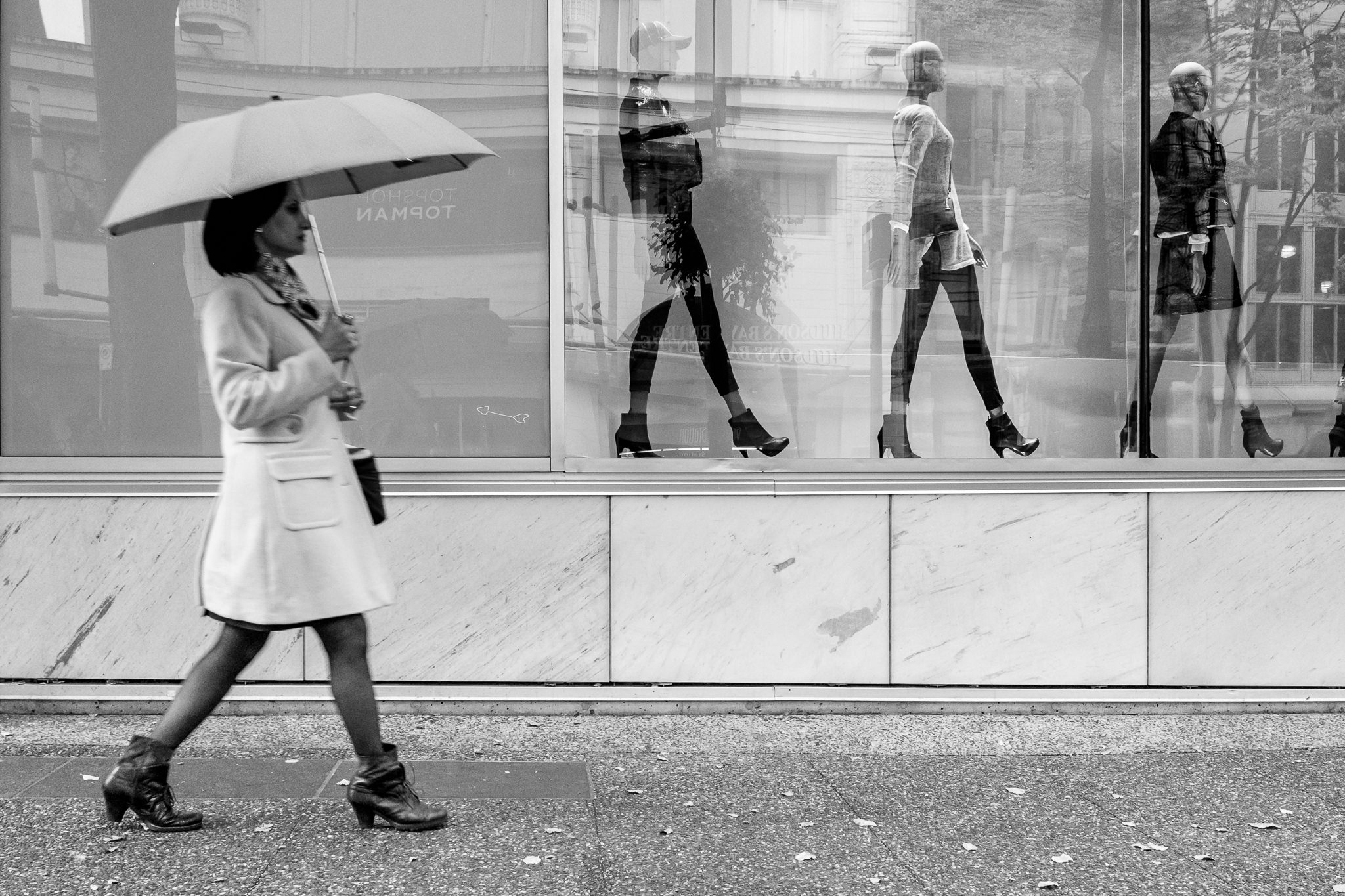Framing Streets Things To Know Before You Buy
Framing Streets Things To Know Before You Buy
Blog Article
The smart Trick of Framing Streets That Nobody is Talking About
Table of Contents4 Easy Facts About Framing Streets ExplainedSome Known Details About Framing Streets The Facts About Framing Streets UncoveredFraming Streets - TruthsNot known Facts About Framing StreetsWhat Does Framing Streets Do?
Photography style "Crufts Pet Program 1968" by Tony Ray-Jones Road photography (likewise often called honest photography) is photography conducted for art or query that includes unmediated opportunity encounters and arbitrary events within public locations, normally with the objective of catching photos at a definitive or touching moment by careful framework and timing. 
His boots and legs were well specified, yet he is without body or head, due to the fact that these were in activity." Charles Ngre, waterseller Charles Ngre. http://dugoutmugs01.unblog.fr/2024/01/10/framing-streets-mastering-the-art-of-street-photography/ was the initial digital photographer to obtain the technical elegance called for to sign up individuals in motion on the road in Paris in 1851. Professional Photographer John Thomson, a Scotsman dealing with reporter and social activist Adolphe Smith, released Street Life in London in twelve regular monthly installments starting in February 1877
The Buzz on Framing Streets
Eugene Atget is considered a progenitor, not due to the fact that he was the first of his kind, yet as a result of the popularisation in the late 1920s of his document of Parisian streets by Berenice Abbott, who was influenced to carry out a comparable documentation of New york city City. [] As the city developed, Atget aided to advertise Parisian roads as a deserving topic for digital photography.

More About Framing Streets
Martin is the initial recorded professional photographer to do so in London with a masked camera. Mass-Observation was a social research organisation established in 1937 which intended to tape day-to-day life in Britain and to tape the responses of the 'man-in-the-street' to King Edward VIII's abdication in 1936 to wed separation Wallis Simpson, and the succession of George VI. The chief Mass-Observationists were anthropologist Tom Harrisson in Bolton and poet Charles Madge in London, and their very first record was created as guide "May the Twelfth: Mass-Observation Day-Surveys 1937 by over 2 hundred viewers" [] Home window cleaner at Kottbusser Tor, Berlin, by Elsa Thiemann c. 1946 The post-war French Humanist School photographers found their subjects on the road or in the restaurant. Between 1946 and 1957 Le Groupe des XV annually displayed work of this kind. Andre Kertesz. Circus, Budapest, 19 May 1920 Street digital photography formed the major content of 2 exhibitions at the Museum of Modern Art (Mo, MA) in New York curated by Edward Steichen, Five French Digital Photographers: Brassai; Cartier-Bresson, Doisneau, Ronis, Izis in 1951 to 1952, and Post-war European Photography in 1953, which exported the principle of street photography globally.

6 Simple Techniques For Framing Streets
The recording maker was 'a surprise camera', a 35 mm Contax hidden beneath his layer, that was 'strapped to the upper body and attached to a long cord strung down the appropriate sleeve'. His job had little modern effect as due to Evans' sensitivities about the originality of his task and Source the personal privacy of his topics, it was not released till 1966, in the publication Lots of Are Called, with an introduction created by James Agee in 1940.
Helen Levitt, then an educator of young youngsters, connected with Evans in 193839. She documented the transitory chalk drawings - Lightroom presets that became part of youngsters's road society in New York at the time, in addition to the kids that made them. In July 1939, Mo, MA's brand-new digital photography area included Levitt's operate in its inaugural eventRobert Frank's 1958 book,, was considerable; raw and usually out of emphasis, Frank's images examined traditional photography of the moment, "tested all the official rules put down by Henri Cartier-Bresson and Walker Evans" and "contradicted the wholesome pictorialism and genuine photojournalism of American publications like LIFE and Time".
Report this page